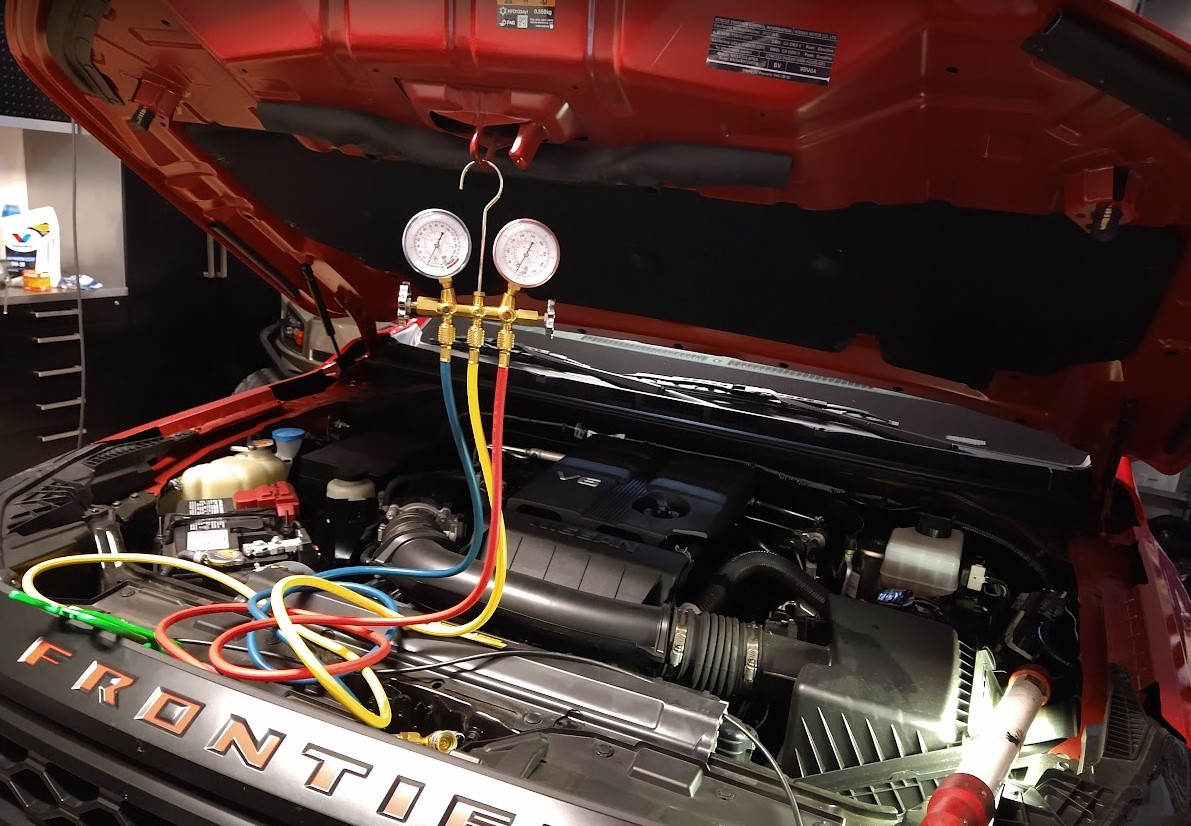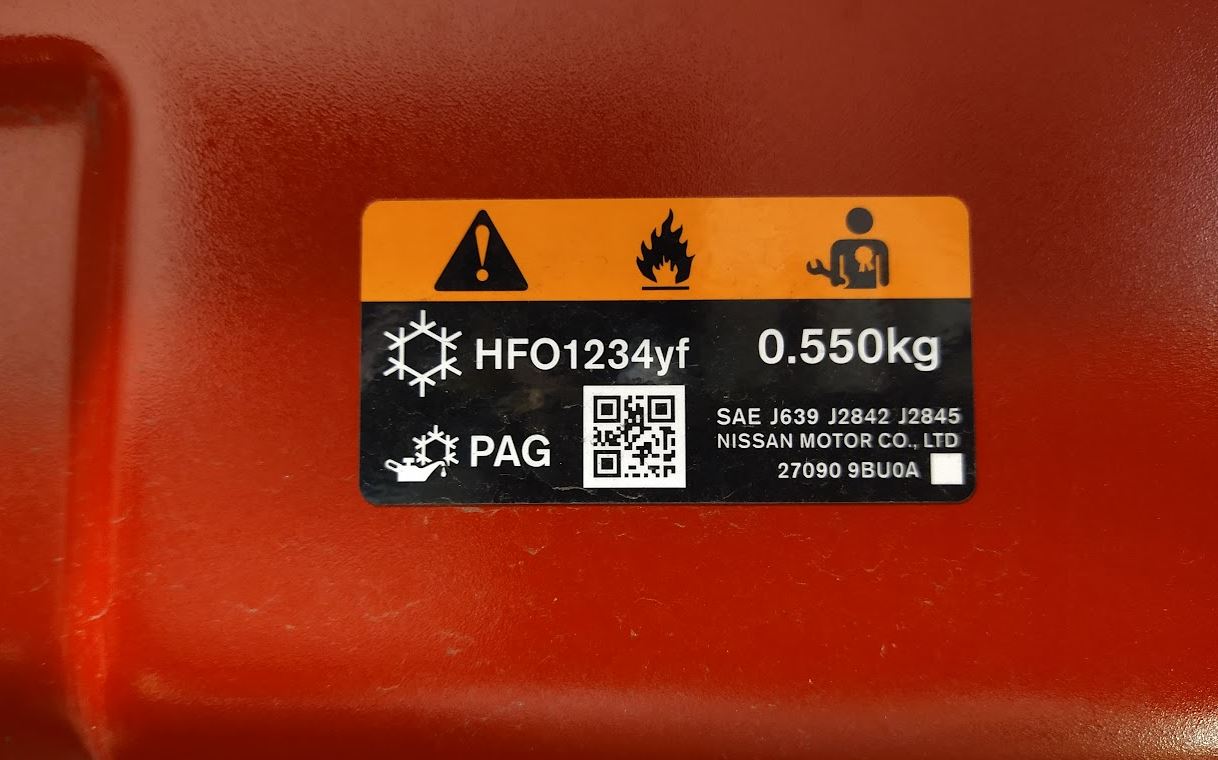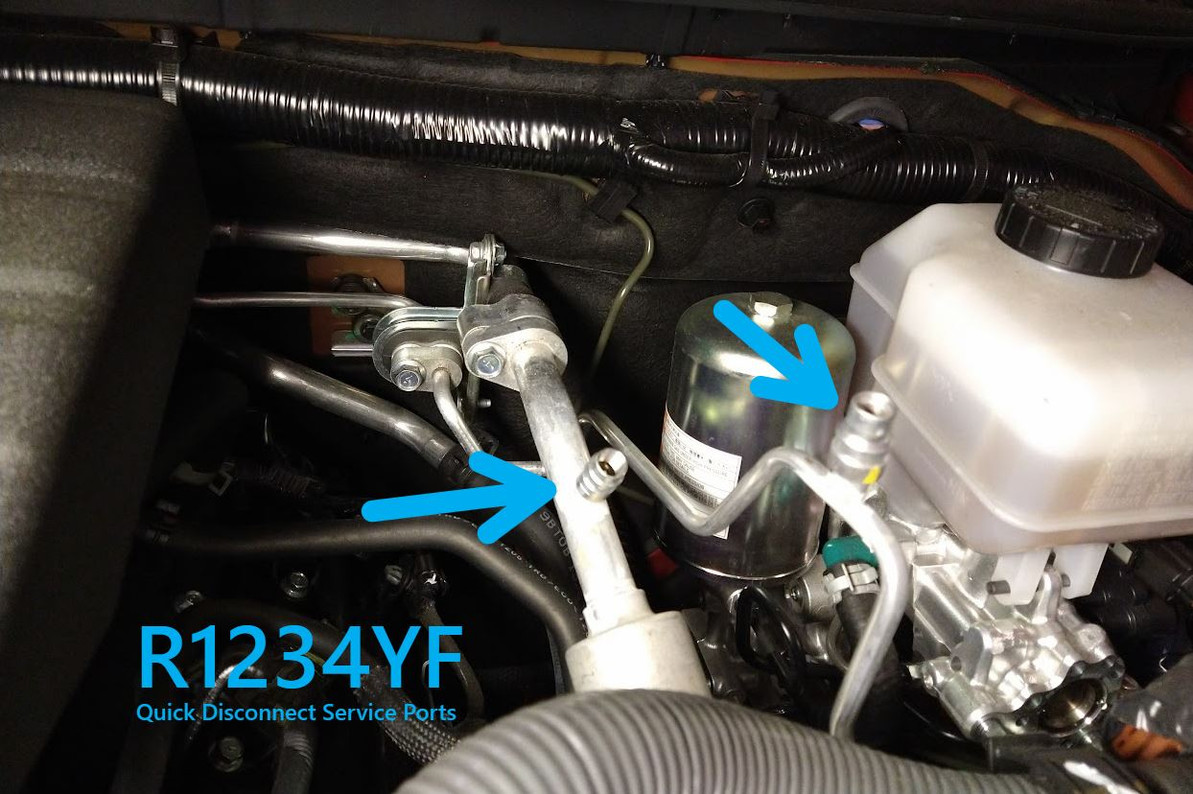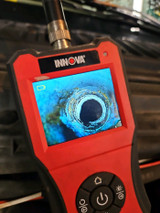How to Find Refrigerant Leaks in Automotive AC Systems: Tips for Techs
Wise Auto Tools - In my experience as a Master Tech working in Florida, I've noticed that car owners prioritize repairing their A/C systems. After all, staying cool is essential, especially in hot climates like ours. While selling maintenance items like radiator coolant flushes or transmission flushes might not pique their interest, talking to them about a service or repair that directly affects their family's personal comfort is sure to grab their attention. In fact, when it comes to A/C, they often come to you asking for service.
One of the most common reasons why a car's AC isn't cooling properly, whether it's an R134A or R1234YF system, is due to low refrigerant levels. Low refrigerant indicates that there's a leak in the system. As an automotive repair shop or technician, the next step is to locate the leak. Read on for more information.
Question - What's the best way to find a refrigerant leak in automotive AC?
Answer - There are several methods to find a refrigerant leak in an automotive AC system. Here are some of the best ways:
Visual Inspection: Before using any specialized equipment, the first step in finding a refrigerant leak in an automotive AC system is a thorough visual inspection. This inspection should look for any signs of oil, dye, or refrigerant residue around the connections, hoses, metal lines, condenser, evaporator drain tube, and compressor.
It's also essential to check the condenser fan and ensure it's operating and turning at the right speed. When condenser fan motors begin to fail, they may still turn but turn slowly. A quick tap on the motor can sometimes make it turn faster temporarily, which is good enough for a quick test to determine if the motor is failing.
If there's no cold air coming from the AC system, the technician should also check to see if the clutch has engaged the compressor or not. The coil could be bad if the system is fully charged, or the compressor may not be pumping, even though the clutch is engaged and the shaft is turning. Additionally, the vehicle's temperature should be at normal operating temperature. If the engine is running hot, the computer may not let the AC compressor run.
UV Dye: One of the most popular and reliable methods for locating a refrigerant leak is to use UV dye. This method involves injecting a small amount of UV dye into the AC system, which will circulate with the refrigerant. After a few days, the technician can use a UV light to inspect the system for any fluorescent areas, indicating the location of the leak. Some vehicles may already have dye in their AC system from the factory. In this case, the technician can inspect the service port connection using a UV light to see if there is any dye residue present. If there is no dye in the oil, it will be clear and will not glow under the UV light.
Electronic Leak Detector: Another effective method is to use an electronic leak detector, also known as a "sniffer." This tool uses a probe to detect the refrigerant gas that is leaking out of the system. It's a quick and efficient way to pinpoint the exact location of the leak, but some lower-priced models may give false alarms. A good technician knows when the leak detector is giving false signals.
A tip when using an electronic leak detector is to never allow the wand to take in water. For example, if using it to check for a leak at the evaporator drain you have to be careful not to allow water from condensation dripping to be drawn into the tip of the wand. This can damage the tool.
Another tip I'll pass along is that if there is a huge leak under the hood, the refrigerant can be drawn into the passenger compartment from the outside air intake, causing a false alarm with the leak detector making you think the evaporator is bad.
Soap Solution: Another method is to apply a soap solution to the AC system components and check for any bubbles that form, indicating the location of the leak. While this method can be effective, it requires access and a fast enough leak to cause bubbles. Lack of access to an evaporator for example would make this method infeasible. I've used this method before to pinpoint a fast leak on a discharge hose and for checking valves at service ports. A faster leak may actually be hard to pinpoint with an electronic leak detector, because it may constantly be sounding off in the general area of the leak.
Pressure Testing: Pressure testing involves pressurizing the AC system with nitrogen gas and then monitoring the pressure drop. If the pressure drops rapidly, it's an indication of a refrigerant leak. this is only good for fast leaks.

Question - Do 134A and R1234yf car AC systems use the same size service ports?
Answer - No, but they look very similar. R134A and R1234yf car AC systems do not use the same size service ports. R134a systems use a 13mm quick connect fitting for the low-pressure side and a 16mm quick connect fitting for the high-pressure side. In contrast, R1234yf systems use a 14 mm Quick Coupler on the low-pressure side and a 17 mm Quick Coupler on the high-pressure side, with a unique valve design that is specific to the R1234yf refrigerant. This is to help prevent accidentally cross contaminating systems.

Recent Posts
-
Shorter Kits for Head Bolt Thread Repair - What are the downsides?
We recently came across an article that stated the more expensive, longer Time Sert kits made for he …28th Feb 2024 -
Polaris Head Bolt Thread Repair Kit - Information and Recommended Kit & Inserts
Aluminum head bolt threads pulling out on Polaris engines is a fairly common problem. Installing a s …23rd Jan 2024 -
How Bad Can Spark Plug Hole Erosion Get, and Can It Be Fixed?
How severely can a spark plug hole in an aluminum engine head, which previously had a repair insert …5th Dec 2023




